One of the biggest fears people have as they approach retirement is running out of money. After years of saving and working hard, the idea of outliving your savings can create anxiety that keeps people from fully enjoying the life they’ve built.
The reality is that people today are living longer than ever before. Medical advancements and improved lifestyles mean a retirement that could last 25 to 30 years or more. What used to be a 10- or 15-year window for previous generations now requires a much longer income plan. That’s why no single “magic number” can determine how much you need to retire. Every person’s plan is unique and depends on individual lifestyle, goals, and income needs.
By contrast, qualified retirement accounts like traditional IRAs or 401(k)s are taxed as ordinary income when withdrawn. Non-spouse beneficiaries who inherit these accounts must empty them within ten years under current law, paying income tax on withdrawals as they go. That can create significant tax burdens, especially for children or heirs in higher income brackets.
Your standard of living is the foundation of your plan. Understanding what it costs to maintain your current lifestyle is essential. Do you plan to travel, downsize, or take on new hobbies? Will you spend more early in retirement and less later? These questions help shape how much income you’ll need and how to structure your withdrawals.
The next step is identifying what income sources you’ll have. Social Security will begin between ages 62 and 70, and for some, pensions or annuities provide additional stability. From there, the focus shifts to how your investments can supplement that income. Knowing how much you need to draw from savings — and when — helps ensure your portfolio supports your life throughout retirement.
Investing properly during retirement is just as important as saving for it. Keeping too much money in cash might feel safe, but it can actually increase your risk of running out of money. Inflation erodes purchasing power over time, meaning the $70,000 you need today could require $90,000 or more in a decade. Having a diversified investment plan that earns more than the inflation rate helps preserve your long-term security.
It’s also common for retirees to underestimate or overestimate their spending. Some spend too freely early on, while others are overly cautious and end up not enjoying the wealth they worked hard to build. A solid plan helps you find balance — giving you confidence to spend where it matters and security that your money will last.
Key considerations for avoiding the risk of outliving your savings:
- Understand your standard of living, and create a realistic retirement budget.
- Identify your reliable income sources, such as Social Security, pensions, or annuities.
- Develop an investment strategy that keeps pace with inflation while balancing risk.
- Review your plan regularly, and adjust as expenses, markets, and goals evolve.
- Avoid letting fear keep you from enjoying your retirement years — plan with purpose.
Retirement should be a time of fulfillment, not financial stress. With the right strategy in place, you can stop worrying about what could go wrong and start focusing on what’s next.
Financial Enhancement Group is an SEC Registered Investment Advisor.


